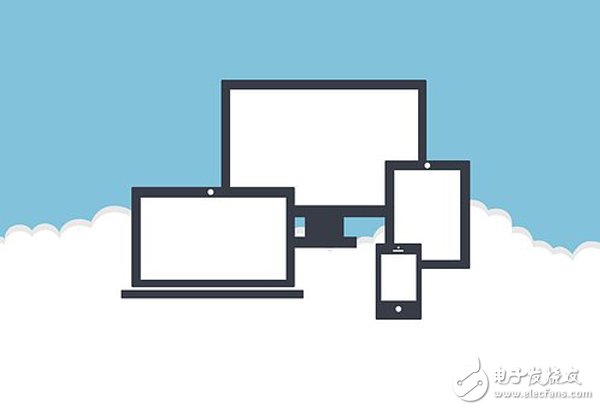Today, people hear a lot about the big trend of cloud computing infrastructure how to deal with edge computing, but there is some confusion around this concept. Many people think that it will eventually replace the traditional cloud computing architecture. But certainly not the case. However, in some cases, edge computing architectures offer advantages over fully centralized cloud computing designs, especially from a network and data storage perspective. The following explains what edge computing is, how it differs from traditional cloud computing services, and when edge computing is likely to be the right choice for the enterprise.

Edge computing is a form of cloud computing, but unlike traditional cloud computing architectures that concentrate computing and storage in a single data center, edge computing pushes computing or data processing power to edge devices for processing. Therefore, only the results of data processing need to be transmitted over the network. In some cases, this provides accurate results and consumes less network bandwidth.
The Internet of Things is the most common use case for edge computing. The Internet of Things is about using edge sensors to collect data from geographically dispersed areas. These sensors use data network connections, typically using WAN technologies such as MPLS, cellular, and VPN. In the traditional IoT architecture, all collected sensor data is transferred to and centralized in a central repository. It works well only when the data needs to be collected and analyzed cumulatively. But what if it is not necessary to combine data to achieve the desired results? What if each IoT sensor only needs to process the collected data and send results when certain requirements are met?
People are beginning to see the benefits of edge computing. If you don't really need to collect all the data in a centralized cloud repository, it makes no sense to waste expensive bandwidth to transfer it. In fact, a fully effective IoT design may be the design of sensors that connect to the cloud only when they need to report important information. This design reduces the networking costs of the Internet of Things by leveraging technologies such as cellular-based technologies that use a lower cost per-cost billing method rather than a more expensive always-on connection.
One point to consider in edge computing is that because the data is not stored for long periods of time, it will eventually be deleted, which is not conducive to big data analysis. Keep in mind that edge devices only provide results that process locally collected data. In most cases, the collected data can only be discarded. Therefore, if an enterprise's IoT project wants you to store all of the collected data for cumulative analysis decisions, then edge computing is not appropriate.
In other words, edge computing is ideal for IoT deployments with localization and batch processing. An example of this might be to count sales and inventory at a remote retail store and then send the results back to the corporate headquarters on a daily basis. Businesses may not need real-time data for each transaction. Instead, the data can be processed locally and a simple report is generated when it is closed.
This approach also helps to significantly reduce the excess storage that many organizations face with traditional cloud computing architectures. Real-time data flowing into cloud storage can accumulate quickly. Often, this data eventually becomes useless. However, organizations are often concerned that data will be deleted once it enters the cloud, and they can easily waste thousands of dollars in data that is almost certainly not used. Edge computing can solve this problem by sending only useful post-processing information to the cloud. In this way, companies only need to store what they need.
As the concept of commercial digitization goes further, the edge computing model will become a key component of many IoT initiatives. Both network and storage costs account for a large portion of distributed IoT projects, so reducing data transfer and storage requirements is attractive in many use cases. If done well, edge computing will allow some IoT projects to be implemented at much lower cost than traditional cloud computing methods.
With the improvement of people's quality of life, people's lifestyles have also become varied. Different kinds of recreational products are starting to appear in people's lives, such as electronic cigarettes. The emergence of e-cigarettes represents a part of young people's thinking and means that electronic products are beginning to show a trend towards diversity.
simply replace the pods. The Pod system uses an integrated pod rather than a tank for higher nicotine strength and provides low power traction. the Pod system is rechargeable and has a longer life and higher battery capacity than disposable electronic cigarettes.
Our company Pod system has a built-in 380mAh battery and a USB charging port on the bottom. In comparison, the Pod system has a built-in battery of only 180mAh, but the Pod system charges much faster.
Our electronic cigarettes are of rechargeable construction. The first time you use the charger to charge, it is recommended to use up the remaining power before filling up, this is to ensure the performance of the battery.
Vape Pod System Oem,Vape Pod Oem,Close Pod Oem,Thc Pod Disposable
Shenzhen MASON VAP Technology Co., Ltd. , https://www.disposablevapepenfactory.com